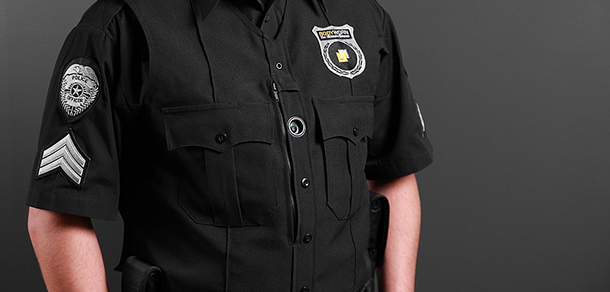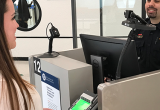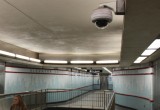U.S. Customs looks to integrate facial recognition and body cameras
09 December, 2019
category: Biometrics, Government
The U.S. Customs and Border Protection is seeking to marry facial recognition and body cameras worn in the field by agents in an effort to enable real-time ID checks.
The main thrust of this request for information is to seek vendor pricing, maintenance and deployment details as well as other information about the cameras and the video management system.
The agency has put out a request for information that is centered around “body-worn cameras” but also seeks information about the “ability to run facial recognition against a database of preexisting images” along with the “ability to compare a source document (e.g., identification provided) against the real-time image of the person.”
The main thrust of this request for information is to seek vendor pricing, maintenance and deployment details as well as other information about the cameras and the video management system. The facial recognition components are described by the federal agency as one of the other features “that are of a potential interest.”
Facial recognition and body cameras gain steam for border security
Even so, the agency’s request for information signals what’s coming for facial recognition as the biometric authentication technology gains increasing appeal for its use on border security and crossings. The idea put forth by U.S. Customs and Border Protection in this new request is to tie all that technology together — specifically facial recognition and body cameras — for what the agency calls an Incident Driven Video Recording System. As Business Insider put it, “the request for information is exploratory and doesn’t mean any government action will necessarily be taken. CBP has already tested body cameras but they are not standard across the agency.”
The effort described in the request would bolster other growing facial recognition efforts related to border crossings and security. That includes recent testing and deployments of the biometric authentication method at airports, among other places. Earlier this year, for instance, facial recognition boarding process for international flights came to Miami International Airport. The Lufthansa-backed effort was the latest deployment of facial recognition technology for global travel — and comes at a time of increasing focus on that authentication method in other retail and payment environments as well.
Along with Customs and Border Protection and global air transport IT provider SITA, Lufthansa’s boarding gate uses a simple photograph to confirm passengers’ identities and their authorization to travel,” a report from RusTourismNews says. “The facial recognition verification process takes less than two seconds with a 99-percent matching rate, according to CBP. (The Miami airport) expects to launch biometric boarding with additional airlines this year.”
Expect more such efforts in the coming months and into the new decade as the technology becomes more efficient and its appeal better known.




